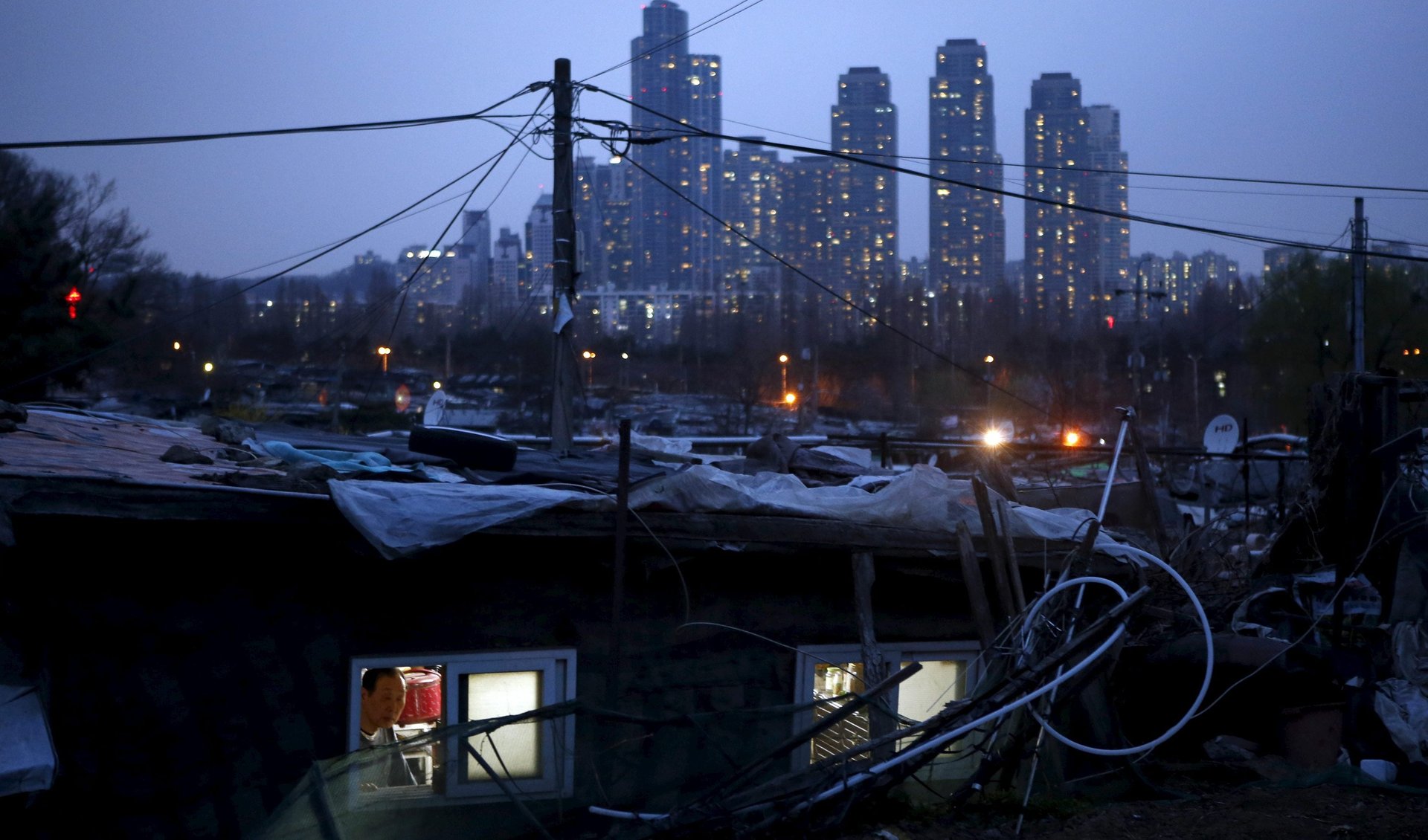Middle-aged men in South Korea are particularly at risk of dying alone
More and more people are living alone in South Korea—as a consequence, more people are also dying alone.


More and more people are living alone in South Korea—as a consequence, more people are also dying alone.
Solitary deaths have been long documented in rapidly ageing Japan, where the phenomenon is known as kodokushi (paywall) and usually happens to the elderly, whose deaths can often go undiscovered for days or much longer. However, in Korea, the demographic of people dying alone—known as godoksa—is much younger. According to the Seoul Welfare Foundation, a government-linked organization, 62% of the 366 cases of godoksa (link in Korean) recorded in the capital last year were men aged between 45 to 65.
The Seoul metropolitan government announced yesterday (March 21) that it hopes to harness the power of local communities to help reduce the number of solitary deaths. For example (link in Korean), neighborhood groups of about 10 people will be formed across districts in Seoul and will pay regular visits to those who live alone. If any of them reject the visits, the volunteers will give them coupons for public baths and food. Single households can also sign up for motion detectors to be installed in their homes. The Seoul government also said it would provide up to 300,000 won ($280) in emergency support per person three times a year.
In Korea, over 1,800 cases of solitary death were recorded in 2016, an almost 80% increase from 2012.
The proportion of single households in Korea is on the rise overall, but the trend seems to be having a particularly detrimental effect on men, many of whom became isolated from their families because of early retirement, unemployment, or divorce. Even couples who are married are often forced to live apart because of jobs being moved outside of Seoul, while better education opportunities means children and wives stay in the capital.
South Korea is the world’s fastest-aging society, with the number of old people (those over 65) exceeding those 14 and under for the first time in 2016. However, with a poor social safety net, about half of Korea’s elderly live in poverty, and a study in 2016 found that around half of impoverished elderly Koreans lived alone.
The Seoul government is also planning this week to enact an ordinance to provide public funeral services to those who die alone, as well as those with financial difficulties, with other members of the local community invited to partake in the ceremonies.